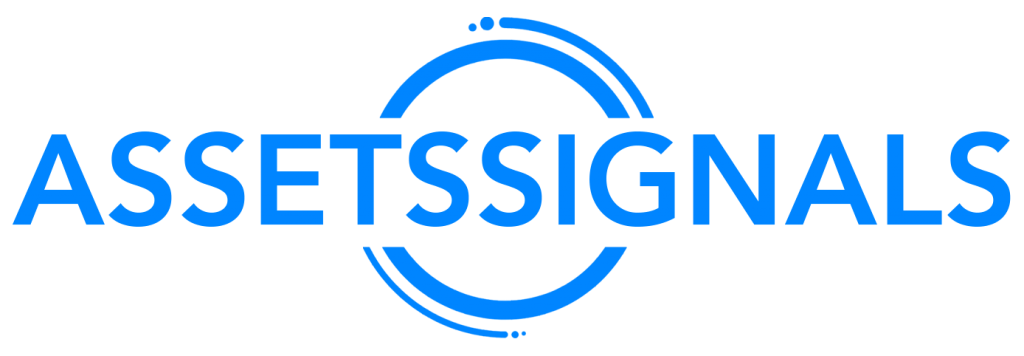The Pound Sterling (GBP) dipped on Friday after reaching a new high for May at 1.2700. Investors are now waiting for the release of the UK’s Consumer Price Index (CPI) data for April, scheduled for Wednesday of next week.
Reasons for the Pullback:
- Profit-Taking: Investors might be taking profits after the GBP’s recent gains.
- Focus on Upcoming CPI Data: The focus has shifted towards the CPI data, which will influence the Bank of England’s (BoE) interest rate decisions.
Impact of CPI Data on GBP:
- Lower Inflation Expected: The BoE expects inflation to fall closer to its 2% target in April. This could lead to a delay in raising interest rates, potentially weakening the GBP.
- Investor Uncertainty: Investors are divided on whether the BoE will raise rates in June or August, creating uncertainty in the market.
Technical Analysis (GBP/USD):
- Resistance Level: The 1.2700 level presents a significant resistance for the GBP/USD pair. A decisive break above this level could indicate further upside potential.
- Support Levels: The 50-day and 200-day EMAs (around 1.2565 and 1.2536) act as crucial support zones for the GBP.
- Relative Strength Index (RSI): The RSI is currently in bullish territory (60.00-80.00), suggesting upward momentum.
The GBP’s pullback might be temporary. The direction of the Pound will likely depend on the upcoming CPI data and its impact on the BoE’s monetary policy decisions. A lower-than-expected inflation figure could weaken the GBP in the short term.

